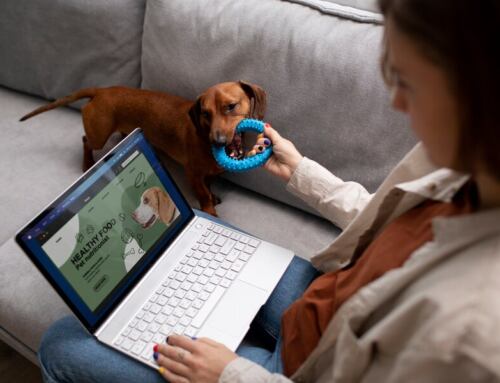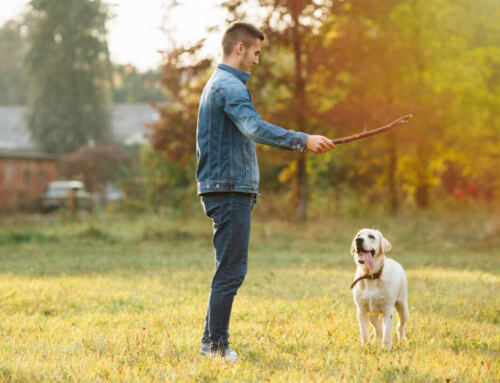A dog’s ability to bring its owners so much love and happiness is something any dog owner can say with confidence too. There’s nothing like coming home to a cute little creature who thinks the world of you after having spent the day out in the world, and a dog’s devotion to its master is unrivaled. Being a responsible dog owner also requires time and effort. In order to maintain their health and happiness, they need to be fed, washed, walked, and otherwise cared for.
As a dog owner, one of your most important responsibilities is to keep your pet’s scheduled veterinary check-ups and vaccinations up to date. Why? The reason is, a vet can check your dog over for a variety of potential health problems and treat them before they worsen. Below is the list of dogs disease you need to keep an eye on.
Here Is the List of Dogs Diseases
Arthritis

In older dog’s problems, arthritis is a common and painful condition, but it can occur at any age. Larger and heavier breeds of dogs are more likely to be afflicted. This disease can be extremely debilitating for dogs, severely diminishing their quality of life and ability to participate in even the most fundamental of daily activities, and it is one of the leading causes of chronic pain in our much-loved pets. Signs are:
- Manifested by limping or lameness
- Discomfort in the limbs due to swelling disability,
- Stiffness (especially after periods of sitting or lying down)
- Displaying signs of pain such as a wince or yelp whenever movement or touch is applied to the area
Gum disease
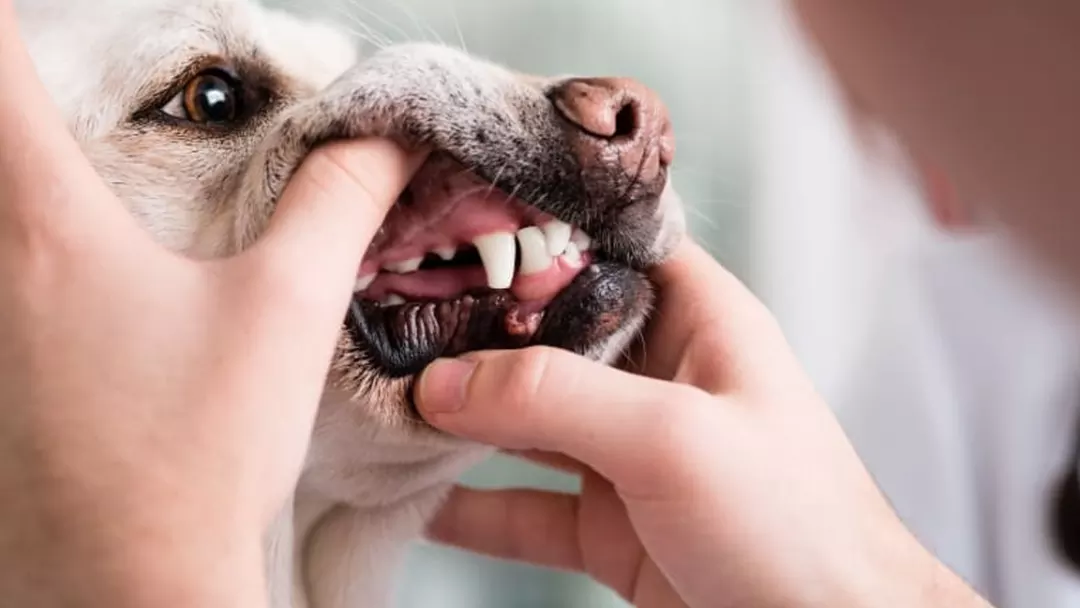
When your dog eats, bacteria from their food, their saliva, and other particles from their mouth all come together to form a film called plaque over their teeth. Tartar forms when plaque calcifies. Tartar is an intractable, abrasive substance that provides a fertile breeding ground for further plaque accumulation and is notoriously difficult to remove.
The bacteria count is high in both plaque and tartar. Cavities and gum disease in your dog’s mouth are both caused by bacteria that thrive in the dog’s mouth. Signs are:
- Dribbling
- Gums bleed
- Awful breath
- Touching one’s face with paws
- Disinterest in eating or chewing on objects
Anal Sac Impaction
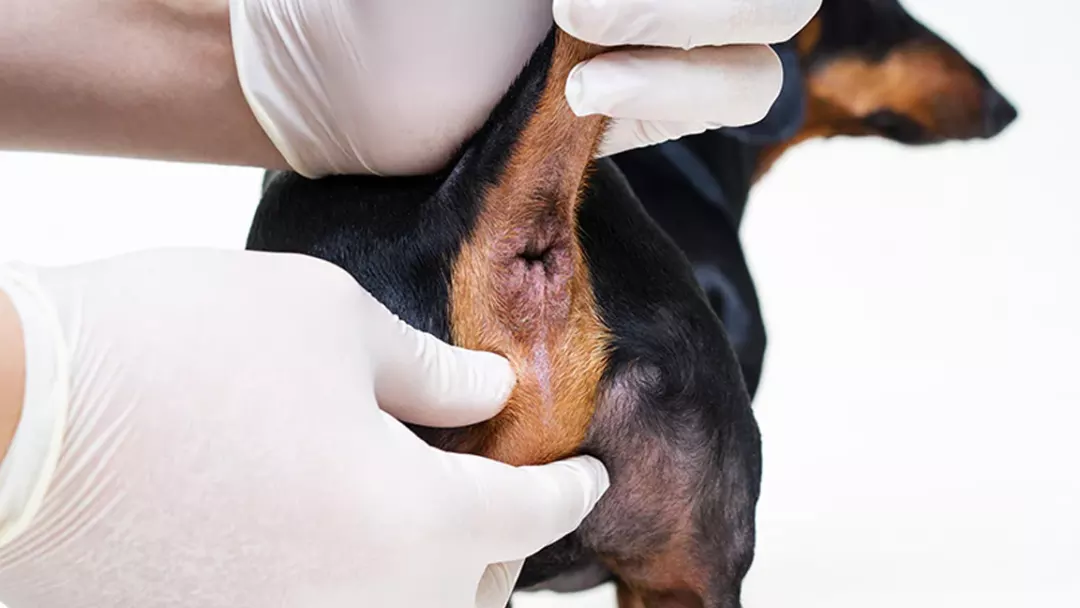
Dogs have two tiny glands on each side of their bottoms that secrete an odorous, oily liquid that aids in both identifying one another (by giving each other a bottom sniff) and demarcating their territory. Your dog’s anal gland will typically empty itself naturally whenever it passes stool.
However, if the gland becomes blocked, your dog’s anal glands may become infected, swollen, and painful. This may cause your dog to roll on their bottom in an attempt to relieve the pain. Signs are:
- A putrid
- Fishy odor
- A change in the color of their bum
- Trying to drag or scoot their bum
- Having an uncomfortable bum
- A change in the color of their anal gland fluid
Obesity

Obesity is a problem that is becoming more widespread among both people and their canine companions. dog health problems with maintaining a healthy weight can affect any breed or a mix of dogs, and it’s estimated that between 30 and 60 percent of the dog population has this problem.
To maintain their physical fitness and overall health, dogs, just like people, need to eat a balanced diet and get the appropriate amount of exercise, but not easy to find that balance. Signs are:
- Not keen to exercise
- A neck that is thick and fatty
- Having trouble walking due to it
- Being unable to keep your breath easily
- Frequently exhausted or one who sleeps a lot
- A more plump and rounder facial appearance
- There is no discernible waist when viewed from above or the side.
- The middle of their ribcage and their hips should be where their body is.
- If you run your hands along their side, you won’t be able to feel their ribs very easily.
Ear infections
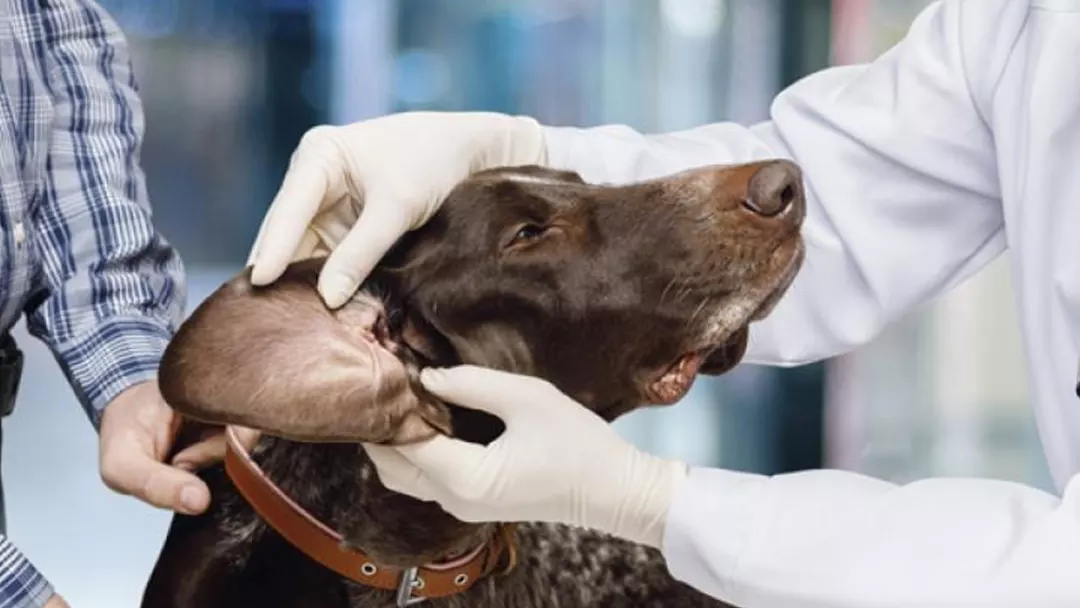
Waste and other small things can easily get stuck in a dog’s ear. Their ear canals are long and narrow, and one of them has a sharp bend in it. This makes it hard for them to keep their ears clean and clear. Some breeds of dogs may also get ear infections more often than others.
Dogs with long, floppy ears are more likely to get ear infections because their ear flaps don’t let moisture escape. This makes their ears a warm, moist place where yeast and bacteria can grow and spread. Signs are:
- When their ears are touched, they wince or yelp.
- Their ears smelled bad, their heads tilted or shook, and they couldn’t stand up straight.
- When they scratch or rub their ears over and over, they get an unpleasant smell in their ears.
How important it is to prevent dog health problems?
Our dogs’ well-being was overlooked for quite some time. Although humans and dogs have been companions for millennia, it is only in recent times that we have truly adopted these animals into our homes as members of the family, prioritizing their health and happiness.
We can now treat our dog’s health issues in much the same way we would treat our own, thanks to advancements in veterinary medicine that were previously unavoidable and could have shortened a dog’s time with us. This is why preventative care is so crucial; it allows for the early diagnosis and treatment of potential dog problems, resulting in a longer, healthier life for your dog and more years of good memories for his or her human companions.
It’s only fair that we give our dogs the best care possible because they are such important members of our families. We’ve gone over some of the most common dog health issues and how early detection and treatment can help your pet live a long, happy life.

